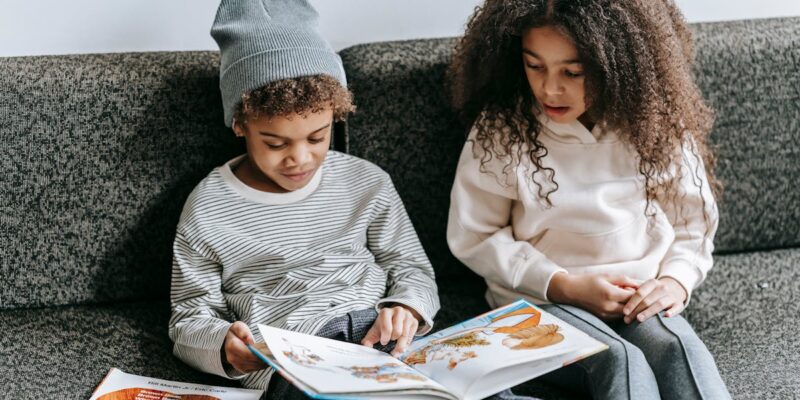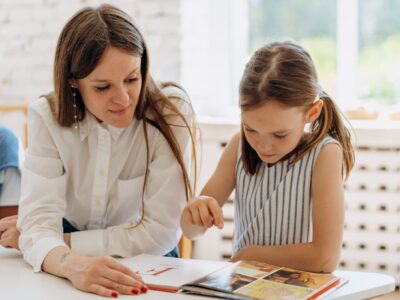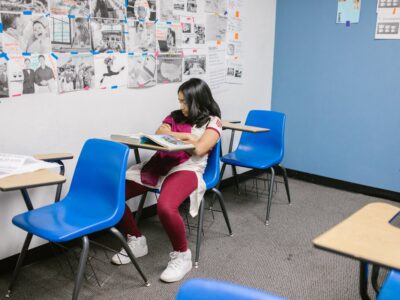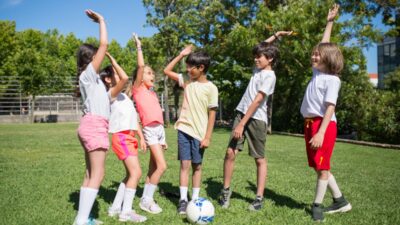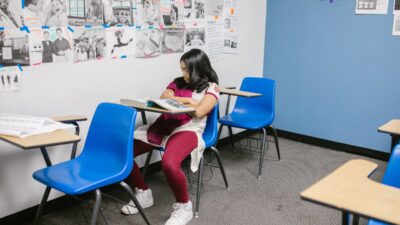Every child learns in their own unique way. Some thrive through hands-on activities, while others excel when they can listen, watch, or discuss ideas. Understanding your child’s learning style not only helps you support them at home but also boosts their confidence and engagement in the classroom. By recognising how they naturally absorb information, you can create an environment that nurtures their strengths and helps them flourish.
Why Learning Styles Matter
Learning styles are essentially the preferences a child has for receiving, processing, and retaining new information. While modern research shows that children benefit from a blend of approaches, most still show strong tendencies towards certain learning methods. When parents and teachers understand these tendencies, they can tailor support in a way that feels natural and enjoyable for the child.
Identifying a child’s learning style can also reduce frustration. If your child struggles with traditional study methods, it may simply be that the approach doesn’t match how they best learn. Prep schools in Buckingham suggest that adjusting the method can make learning feel more intuitive and less daunting.
Visual Learners
Visual learners understand and remember information best when they can see it. They benefit from diagrams, charts, pictures, and colour-coded notes. These children often have strong observational skills and enjoy activities such as drawing, reading illustrated books, and completing puzzles.
How to support them:
Encourage the use of mind maps, flashcards, and visual timetables. When helping with homework, try sketching concepts together or watching short educational videos that visually break down the topic.
Auditory Learners
Auditory learners absorb information through listening. They respond well to spoken explanations, discussions, and storytelling. These children may enjoy reading aloud, repeating information verbally, or engaging in group conversations.
How to support them:
Talk through homework questions, ask them to explain ideas back to you, or let them revise by listening to recordings. Audiobooks and songs linked to educational topics can also be very effective.
Kinaesthetic Learners
Kinaesthetic learners learn through movement, touch, and hands-on experiences. They tend to be active, practical, and curious, often preferring to “do” rather than simply watch or listen. These children thrive in activities such as building, experimenting, role-play, and outdoor exploration.
How to support them:
Incorporate short movement breaks during homework, use physical objects to demonstrate concepts (such as coins for maths), and encourage interactive projects or experiments.
Blended Learners
Many children do not fit neatly into one category. Instead, they use a mixture of learning styles depending on the subject or activity. Providing a variety of resources and opportunities helps blended learners stay engaged and become more adaptable.
Creating a Supportive Learning Environment
Once you have a sense of your child’s learning style, you can make simple adjustments at home. This might include providing visual aids, creating quiet spaces for listening-based activities, or setting up hands-on tasks that make learning feel lively and fun. Above all, be patient and encouraging; helping your child understand how they learn is just as important as what they learn.
Understanding your child’s learning style empowers them to take ownership of their education and develop confidence in their abilities — both now and in the future.

